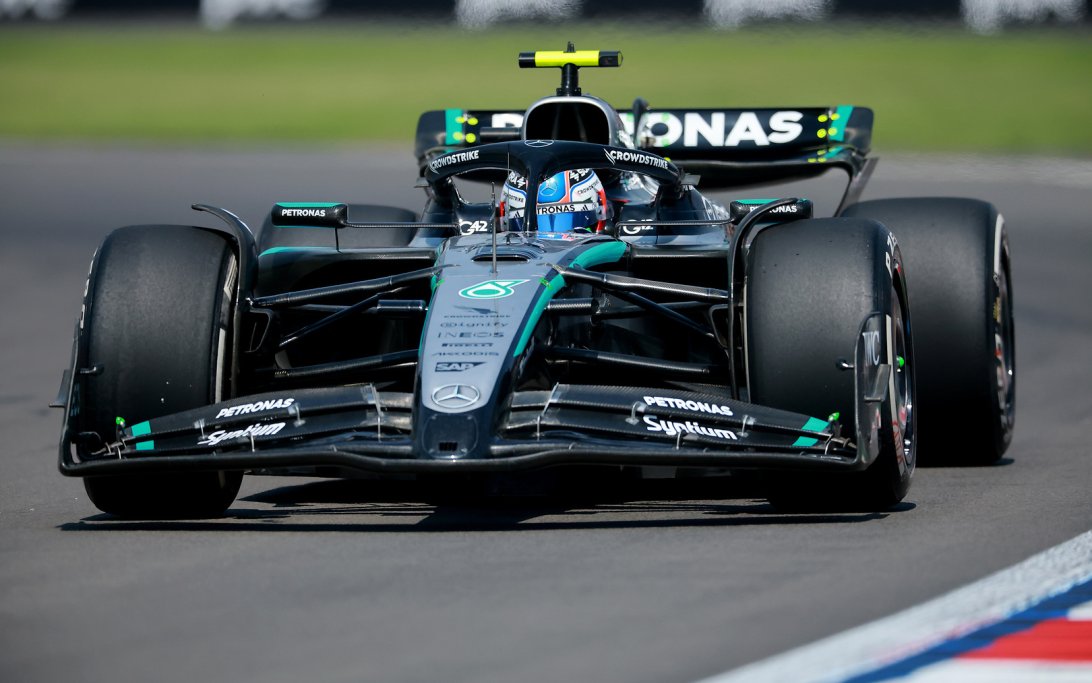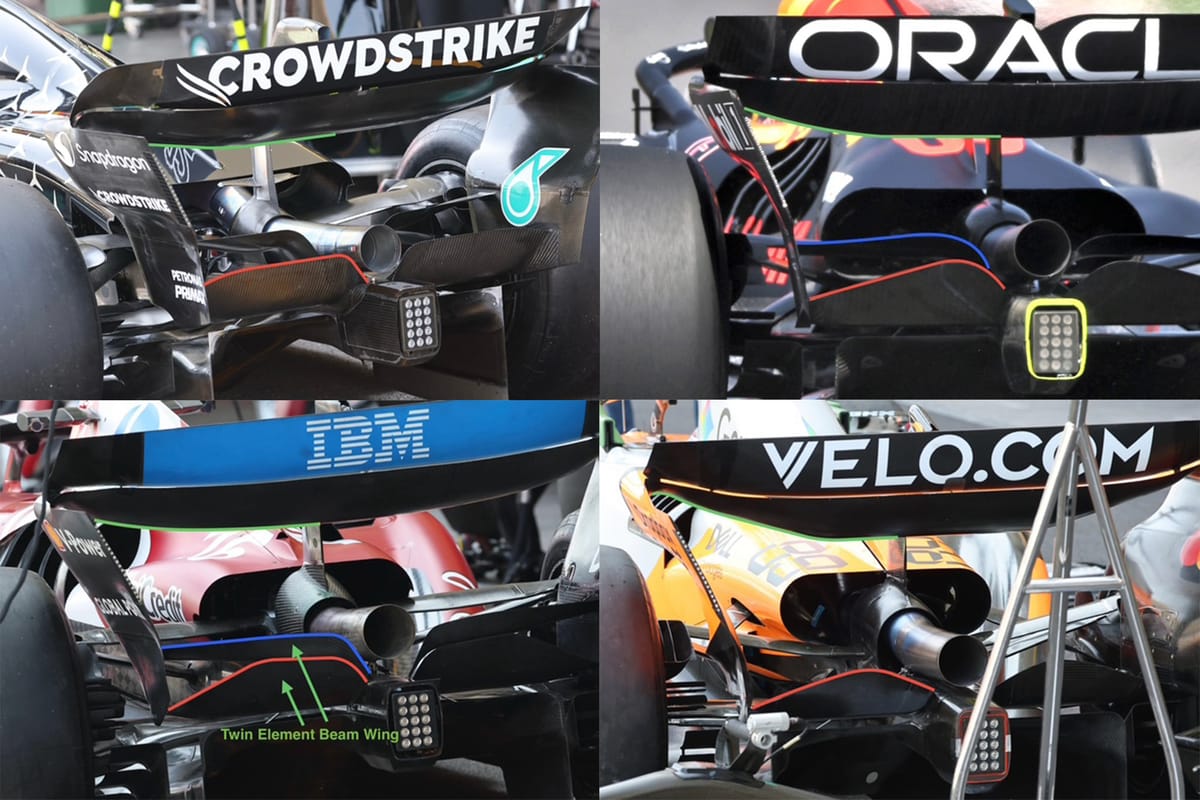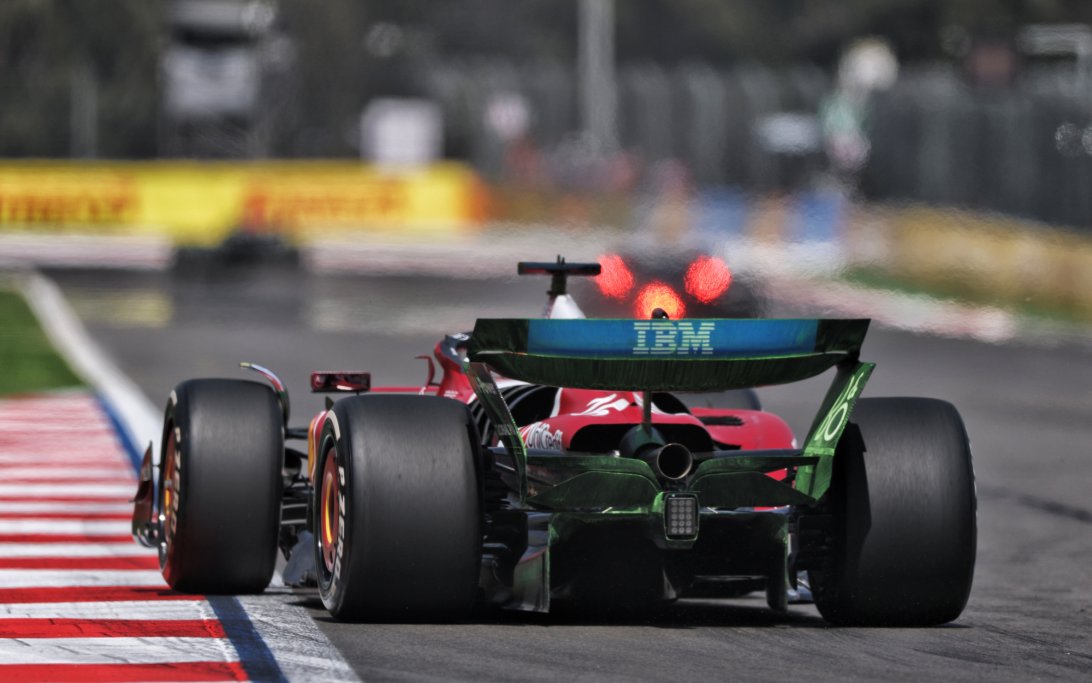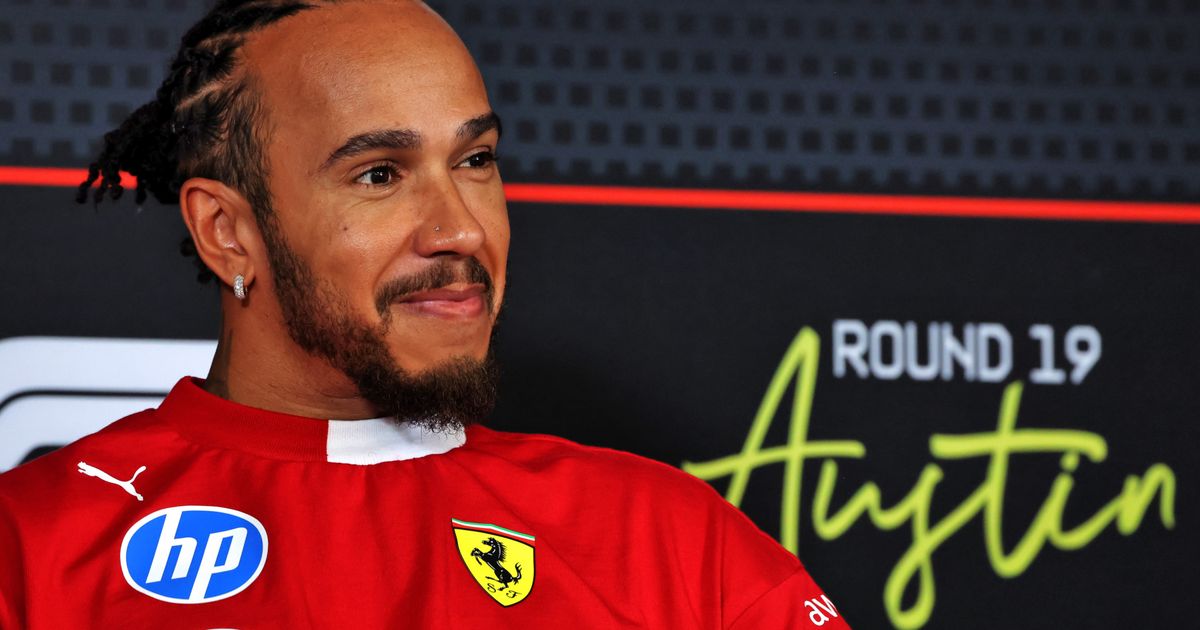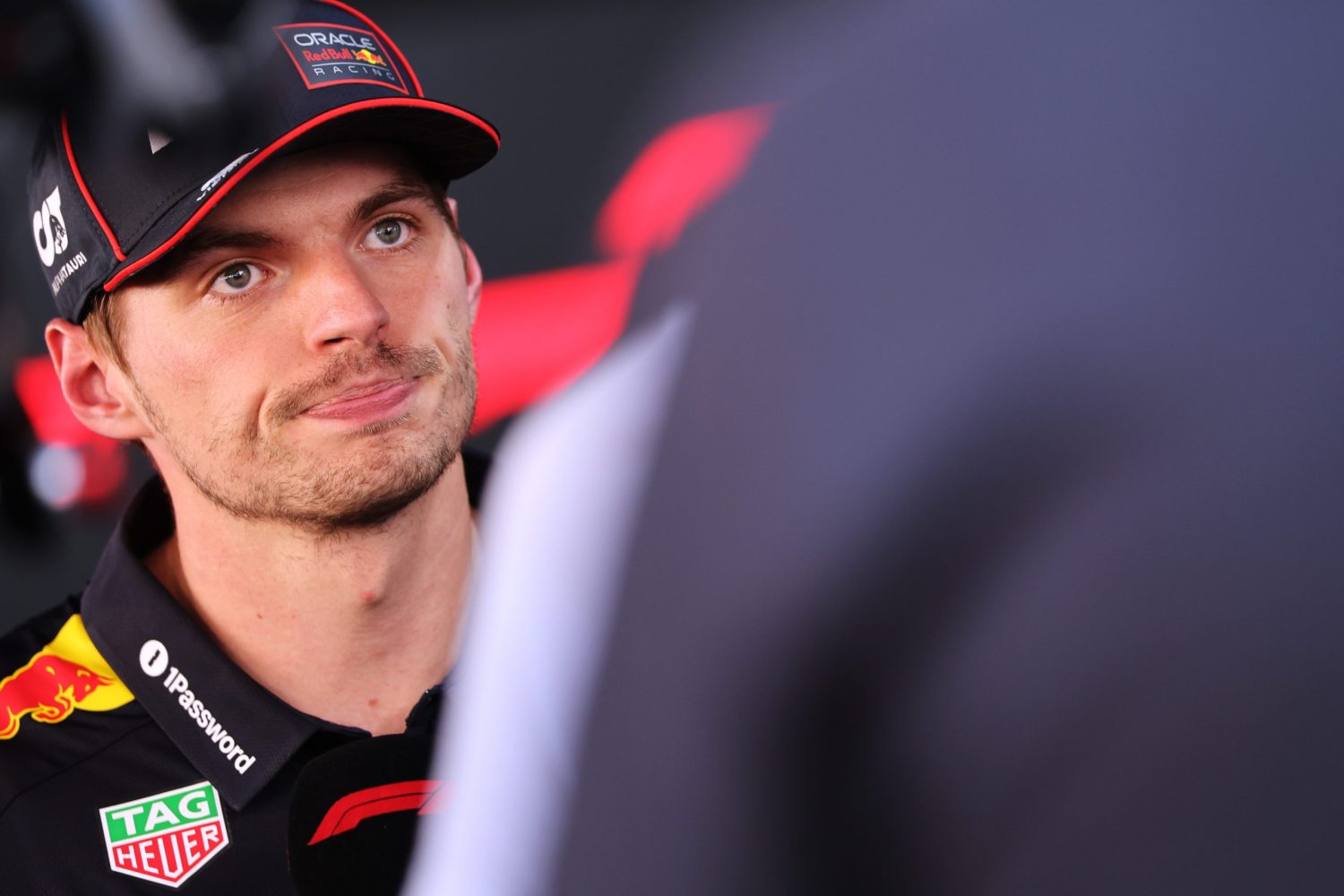
Red Bull's Ongoing 2025 Upgrades: A Strategic Gamble for Max Verstappen's F1 Season
While many teams, including McLaren, have shifted focus entirely to their 2026 car development, Red Bull continues to roll out significant updates for its 2025 challenger, notably for Max Verstappen. The team introduced a new floor at Monza, a new front wing in Singapore, and another non-track-specific floor upgrade in Mexico, signaling an aggressive push to optimize current performance.
Why it matters:
Red Bull's sustained investment in 2025 car development, even as rivals like McLaren halt theirs, highlights a crucial strategic divergence in F1. This approach could give Verstappen an unparalleled advantage in the upcoming season but raises questions about potential compromises for Red Bull's 2026 project, especially under budget cap constraints.
The Details:
- Continuous Upgrades: Red Bull has consistently brought upgrades, including a new floor at Monza, a front wing in Singapore, and another non-track-specific floor upgrade in Mexico.
- Strategic Divergence: Unlike McLaren, which has fully committed to 2026 development, Red Bull is still heavily investing in its 2025 car. McLaren boss Andrea Stella noted that continued 2025 development would significantly compromise their 2026 project.
- Resource Allocation: Red Bull's chief engineer, Paul Monaghan, acknowledged the focus on 2026 but clarified that the recent floor upgrade was a 'recycled' modular component, enabling its introduction without a complete redesign. This suggests a clever use of existing designs to mitigate development costs.
- Cooling Improvements: Alongside the floor, Red Bull updated bodywork to enhance cooling, applying lessons learned from earlier in the season. Monaghan praised the Milton Keynes team for delivering these complex updates amidst 2026 development.
- Performance Plateau: McLaren's decision to stop 2025 development was partly due to hitting a performance plateau, where further investment yielded diminishing returns. Red Bull, conversely, aimed to solve specific issues with its 2025 car, indicating perceived remaining potential.
Between the lines:
Max Verstappen attributes recent performance gains not just to upgrades but to a 'new philosophy' and a deeper understanding of the car, suggesting that the car's inherent potential was always there but not consistently unlocked. Monaghan echoed this, emphasizing that many factors, including early-season work and various 'right order' developments, contributed to the car's improved performance around Monza. This suggests a more holistic breakthrough rather than just singular component changes. The ability to perform well on diverse tracks, from Monza's low downforce to high downforce circuits, further reinforces Red Bull's confidence in its current package.
What's next:
While Red Bull's aggressive 2025 development strategy could see Max Verstappen dominate the next season, the true test will come in 2026. The team's chief engineer, Paul Monaghan, humorously noted that an 'honest answer' about the impact on 2026 will only emerge around this time next year. This strategic gamble could either solidify Red Bull's near-term dominance or create challenges in the long run as F1 undergoes significant regulation changes.
Original Article :https://www.motorsport.com/f1/news/how-red-bull-was-able-to-introduce-another-f1...


